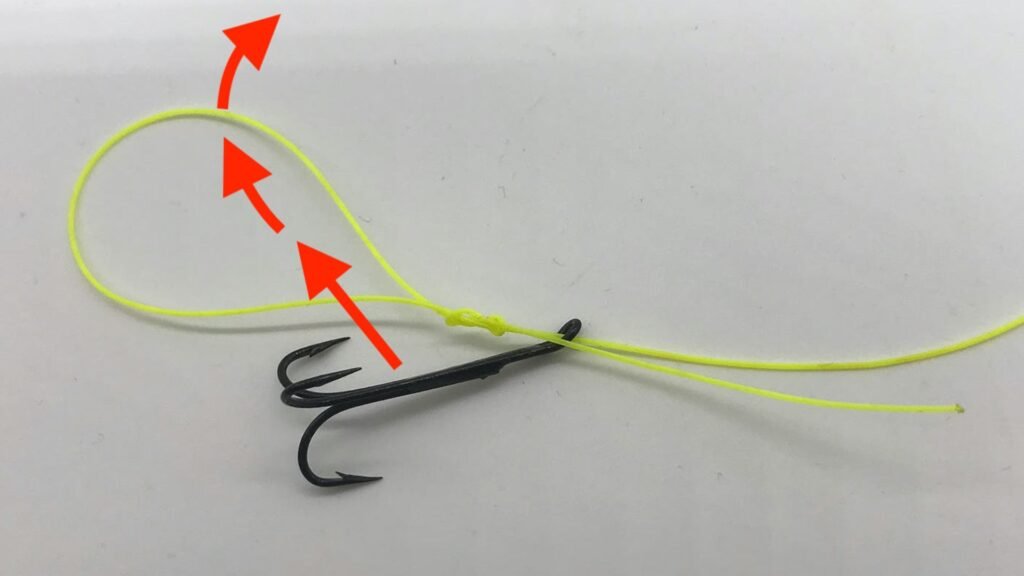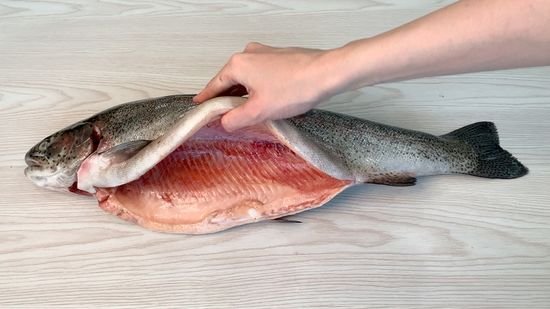Knots are an essential aspect of salmon fly fishing, ensuring that your tackle is secure and efficient. Using the right knots can make the difference between landing a fish and losing it. Here are some of the best knots every salmon fly fisher should know.

Best Knots for Salmon Fly Fishing
Arbor Knot
The Arbor Knot is used to attach the fishing line to the spool of the reel. It’s simple yet effective, providing a strong base for your line.
Steps to Tie the Arbor Knot:
- Wrap the line around the arbor of the spool.
- Tie an overhand knot around the standing line.
- Tie a second overhand knot in the tag end, about an inch from the first.
- Pull the standing line to slide the first knot down to the arbor and tighten both knots.
Albright Knot
The Albright Knot is perfect for joining two lines of different diameters, such as tying your backing to your fly line.
Steps to Tie the Albright Knot:
- Form a loop with the thicker line.
- Pass the thinner line through the loop and wrap it around itself and the loop 10-12 times.
- Pass the tag end back through the loop and pull both ends to tighten.
Improved Clinch Knot
The Improved Clinch Knot is one of the most popular knots for attaching the fly to the tippet. It is reliable and easy to tie.
Steps to Tie the Improved Clinch Knot:
- Thread the line through the eye of the hook.
- Wrap the tag end around the standing line 5-7 times.
- Pass the tag end through the loop near the hook eye.
- Pass the tag end through the large loop created by this process.
- Moisten and pull tight.
Nail Knot
The Nail Knot is essential for connecting the leader to the fly line. It provides a smooth and strong connection.
Steps to Tie the Nail Knot:
- Lay a nail or a small tube against the end of the fly line.
- Place the butt of the leader next to the fly line.
- Wrap the leader around both the fly line and the nail 5-7 times.
- Pass the tag end through the nail loop.
- Remove the nail and pull the ends to tighten.
Double Surgeon’s Knot
The Double Surgeon’s Knot is excellent for joining two lines of similar diameter, such as tying tippet to the leader.
Steps to Tie the Double Surgeon’s Knot:
- Place the two lines side by side.
- Form a loop with both lines.
- Pass the ends through the loop twice.
- Moisten and pull tight.
Blood Knot
The Blood Knot is another knot used to join two lines, known for its strength and smooth profile.
Steps to Tie the Blood Knot:
- Overlap the ends of the two lines.
- Twist one end around the other line 5-7 times and pass it through the central loop.
- Repeat with the other end, twisting in the opposite direction.
- Moisten and pull both ends to tighten.
Non-Slip Loop Knot
The Non-Slip Loop Knot, also known as the Kreh Loop, is ideal for attaching the fly and allowing it to move naturally in the water.
Steps to Tie the Non-Slip Loop Knot:
- Form a small overhand knot in the line.
- Pass the tag end through the hook eye and back through the overhand knot.
- Wrap the tag end around the standing line 3-4 times.
- Pass the tag end back through the overhand knot.
- Moisten and pull tight.
Conclusion
Mastering these knots will enhance your salmon fly fishing experience by ensuring your tackle is secure and reliable. Each knot has its specific use, making it essential to know when and how to use them. Practice these knots regularly to make them second nature, and you’ll be prepared for any situation on the water.




